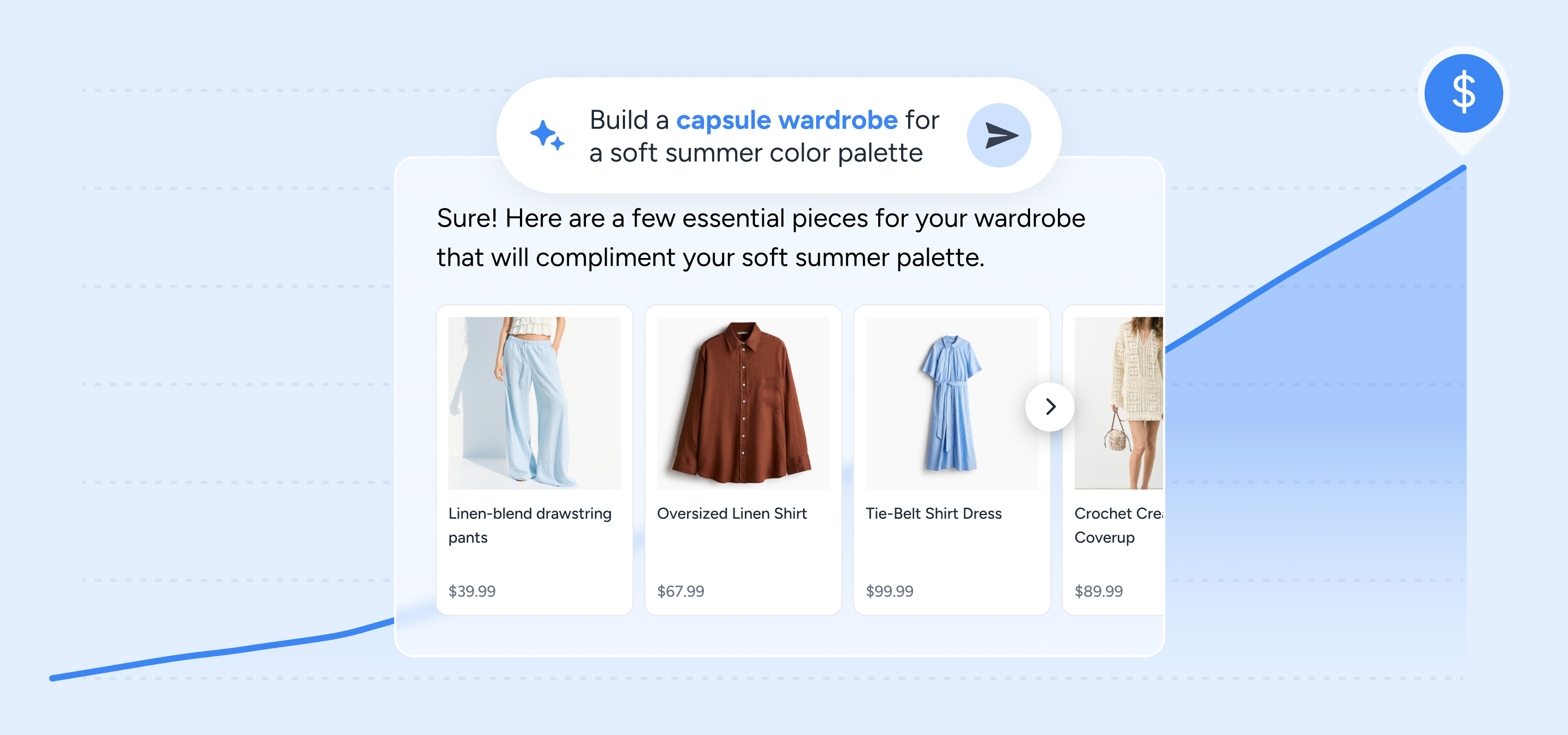Can an AI Chatbot Really Drive Revenue?

AI chatbots have been around for a while. For years, they mostly sat in the bottom corner of a website, answering return policy questions or linking to the FAQ page. Helpful? Sure. But not exactly a growth lever. That’s starting to change. Conversational AI has advanced significantly. More consumers are getting comfortable with tools like ChatGPT, which now has 800 million active users. With that shift, chatbots can evolve into something more powerful for online brands, if deployed thoughtfully.
A Brief History of AI Chatbots
The first generation of chatbots was limited. They ran on scripts, gave canned responses, and mainly existed to deflect support tickets. The experience was often clunky and frustrating, which led to low engagement over time.
But things have changed. Advances in natural language processing (NLP) now allow for real two-way conversations. Consumers are beginning to use chatbots not just for post-order support, but throughout the shopping journey.
Service vs. Sales Chatbots
Most shoppers still see chatbots as support tools. These chatbots are reactive by design. They wait for questions like “Where’s my order?” or “How do I return this?” and respond accordingly. They’re useful, but not built to drive sales.
That’s starting to change. A new wave of chatbots is emerging, and shoppers are catching on. These tools engage earlier in the journey. They answer pre-purchase questions, offer personalized product recommendations, and help guide shoppers toward a purchase with confidence.
So… Can a Chatbot Really Drive Revenue?
If deployed the right way, yes.
Historically, chatbot engagement has been low. Many brands see fewer than 1% of site visitors interacting with them. And if no one’s engaging, it’s hard to move the needle on revenue.
But in extensive A/B testing, alby has shown that the right setup can drive both engagement and conversion. Two features make the biggest difference:
- Placement – Performance improves when chatbots are embedded directly into the site experience where shoppers are actively looking for information.
- Predictive prompts – Chatbots that rely solely on freeform input often fall flat. Alby sees 20x higher engagement when using pre-generated, predictive prompts that spark interaction and guide the conversation.
alby’s chatbot is driving revenue for brands of all sizes. Companies like Wayfair, QVC, and PlushBeds are seeing real impact:

It’s a clear signal: when chatbots are built to sell, not just support, they can become a true engine for growth.
Final Take
Most chatbots were originally built for support. But that’s changing. It’s now critical to invest in a flexible AI tool that can handle both pre- and post-purchase use cases, while integrating seamlessly with your existing systems.
In a market where retailers must prioritize profitable growth, the winners will be those who deploy AI to reduce costs through automation while also driving revenue through effective, shopping-facing experiences.


